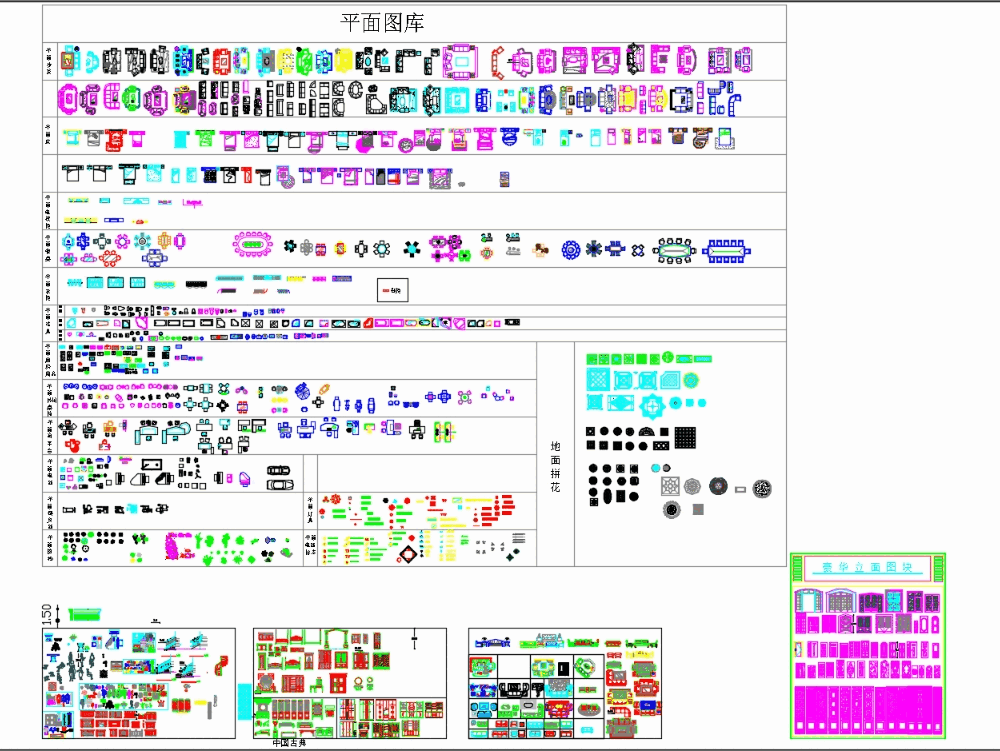


In tandem with the evolution of these hardware development tools is the rise of the online communities that have formed around them such as CAD resource websites like GrabCAD and Thingiverse, or parts databases like McMaster-Carr and Grainger. Engineers and product developers are now able to create new products at a fraction of the cost and price than ever before, allowing them to focus more on innovation than on cutting development costs. Also, if you already had a given Block in the current drawing, but the one in the source drawing has been changed, you can update the definition of it in the current drawing from the Design Center.The rapid advancement of prototyping and hardware development tools over the past decade - such as 3D Printing, desktop CNC machines, and CAD programs - has brought immense leverage to the field of new product development. This has one nice advantage over INSERT's dialog box - as with the ribbon thumbnails, it shows you thumbnail images of all Blocks in the drawing at once, rather than only one at a time when you pick on a Block name. You can also have Blocks defined collectively in some common-source drawing file(s), and use the AutoCAD Design Center to get at them from within any drawing.


button to navigate to wherever you put them. Otherwise you will need to use the Browse. If they are in a folder that is in the OPTIONS/ Files tab/ Support File Search Path list, you can type in a name and it will find it. You can put Block definitions into individual external drawing files using WBLOCK, but they will not as a result then appear in the list in the INSERT dialog box or the ribbon thumbnails. Whether or not they also exist anywhere else, or whether they came from an external drawing file or were created within the current drawing, is not something the current drawing knows anything about. The ones that appear in the list in the INSERT dialog box, or the ribbon images, are only those definitions stored in the current drawing.


 0 kommentar(er)
0 kommentar(er)
